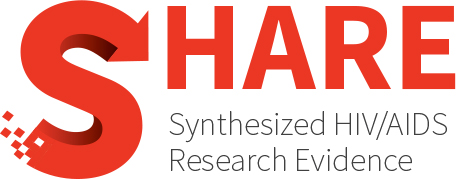Additive effects of glutathione in improving antibiotic efficacy in HIV-M.tb co-Infection in the central nervous system: A systematic review
Abstract
BACKGROUND: HIV and tuberculosis (TB) co-infection poses a significant health challenge, particularly when involving the central nervous system (CNS), where it leads to severe morbidity and mortality. Current treatments face challenges such as drug resistance, immune reconstitution inflammatory syndrome (IRIS), and persistent inflammation. Glutathione (GSH) has the therapeutic potential to enhance treatment outcomes by improving antibiotic efficacy, reducing inflammation, and mitigating immune dysfunction. METHODS: Relevant studies were identified through systematic searches of PubMed, Elsevier, WHO, and related databases. Inclusion criteria focused on preclinical and clinical research examining GSH or its precursors in HIV, TB, or co-infection, with emphasis on microbial control, immune modulation, and CNS-related outcomes. RESULTS: Preclinical studies showed that GSH improves macrophage antimicrobial function, reduces oxidative stress, and limits Mycobacterium tuberculosis (M.tb) growth. Animal models demonstrated reduced bacterial burden in the lungs, liver, and spleen with GSH supplementation, along with enhanced granuloma stability. Clinical studies highlighted increased TH1 cytokine production, reduced inflammatory markers, and improved CD4+ T cell counts in HIV-M.tb co-infected patients. N-acetylcysteine (NAC), a GSH precursor, was shown to significantly enhance the efficacy of first-line TB antibiotics and mitigate treatment-associated toxicity. DISCUSSION: GSH shows promise as an adjunct therapy for HIV-M.tb co-infection, particularly for cases involving the CNS, where it may improve immune recovery and reduce inflammation. However, evidence is limited by small sample sizes and a lack of randomized trials. Future research should focus on developing CNS-directed GSH formulations and evaluating its integration into current treatment protocols to address the dual burden of HIV and TB, ultimately improving patient outcomes.
Authors
Nabipur L, Mouawad M, Venketaraman V
Year
2025
Topics
- Population(s)
- General HIV+ population
- Prevention, Engagement and Care Cascade
- Engagement and Care Cascade
- Prevention
- Engagement and Care Cascade
- Treatment
- Prevention
- Biomedical interventions
- Co-infections
- Tuberculosis
- Health Systems
- Delivery arrangements
